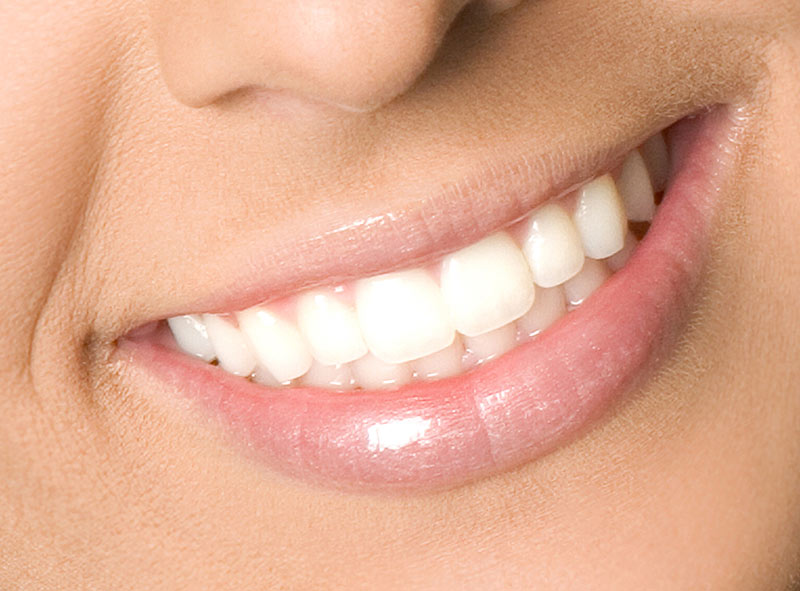
A crown is a cap that covers a tooth or dental implant. Dentists often recommend crowns to support broken, weak, or malformed teeth.
Crowns can also be used to cover heavily worn or discolored teeth. They can also be used in combination with bridges to strengthen multiple teeth.
There are several options when it comes to crown materials, including ceramics and metals. Another option available to some people today is the cubic zirconia crown.
Zirconia crowns are made from zirconium dioxide, a very durable ceramic material.
Zirconia crowns have become more popular and offer many advantages.
One of Zirconia’s greatest advantages is its strength and durability. Consider how much force your molars exert on the food you are chewing. Zirconia is a good choice for crowns in the back of the mouth because crowns need to be made of a strong material. Zirconia is so strong that dentists don’t need to prepare teeth thoroughly.
According to his 2017 randomized controlled study published in the Journal of Dentistry, zirconia-based crowns performed similarly to metal-based crowns over five years. Crowns made of zirconium oxide, so-called monolithic zirconium oxide crowns, are also particularly durable.
Zirconia is chosen by many dentists for its biocompatibility. This means that they are less likely to trigger an immune response, such as reaction or inflammation, in the body. A 2016 in vitro study confirmed this and also found a limited amount of cytotoxicity.
Many dentists can make their zirconia crowns in their office instead of sending dental impressions to a lab to have them made. The crown can then be fixed in the mouth in one visit.
That’s by using computer-aided design/computer-aided manufacturing (CAD/CAM) technology to speed up this process. A dentist uses a dental milling machine to actually create a crown from a block of zirconia. This procedure eliminates the need to extend the procedure to two visits. However, not all dental practices have this technology in-house or offer zirconium crowns.
Zirconium oxide can be difficult to blend with the rest of your teeth because the material is opaque.This is why some dentists layer porcelain over zirconia when making crowns.
Crowns made with layers of zirconium oxide and porcelain give a more natural look that can be easily shaded to match the surrounding teeth.
Some experts say the porcelain layer makes it more likely that the crown will chip a little or split into layers. It might be worth considering.
Of course, cubic zirconia crowns aren’t the only option. Other materials commonly used in crowns are:
You should discuss with your dentist what materials are best for your situation. These include the amount of natural teeth remaining, the location and function of the teeth that need crowns, the amount of gum that shows up when you smile and talk, and the color of the surrounding teeth.
There are mainly two types of procedures for wearing crowns. The dentist can prepare the teeth and fit the temporary crowns in one visit, and cement the permanent crowns into the mouth during the second visit.
Alternatively, if the dentist has the skills and equipment to manufacture zirconia crowns in their office,
Same-day procedures can be performed.
Dentists do the following:
Two visit dental crown procedure to share on Pinterest.
During this procedure, the dentist will:

We at ELLORA CLINIC believe in specialties with each treatment we offer, assigning each different treatment to the best performing doctor to reach the optimal results.
© 2022 ELLORA CLINIC. All Rights Reserved.